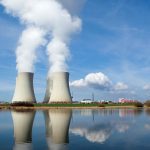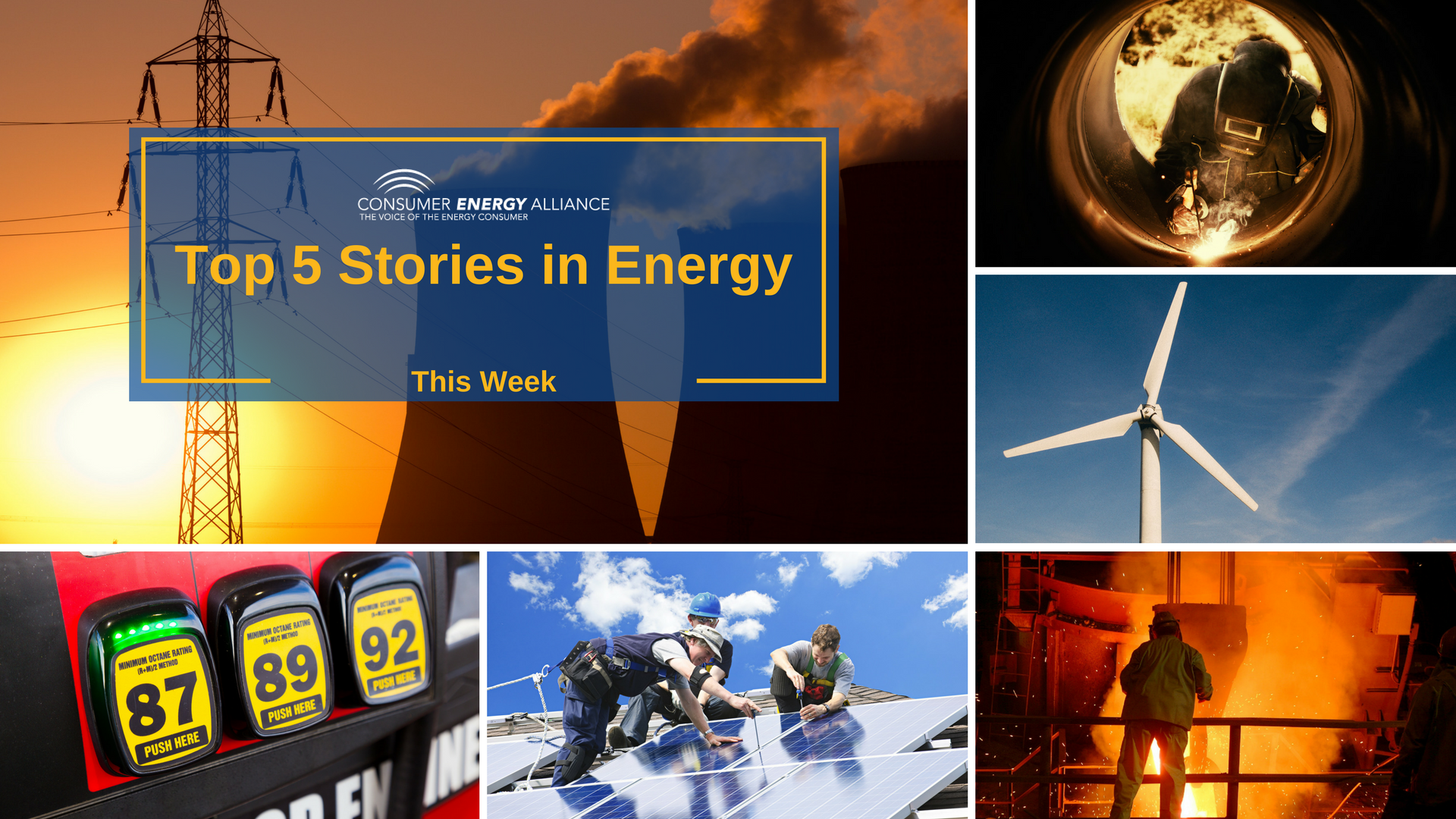Top 5 Energy News Stories This Week
NuScale’s Future of Nuclear Energy
Many current nuclear power plants are large, but NuScale Power says the future of nuclear energy is smaller, less expensive and safer. The proposed small modular reactors would use 12 of the SMRs in place of the large nuclear power plant. Nuclear energy can be used as a backup power source for renewables like solar and wind. Another benefit of small modular reactors is the ability for the power to be dispatched even quicker than traditional and larger plants. Moreover, without using any additional water or relying on pumps or generators that could fail. Instead, the reactors would be inside a containment vessel, in a pool of water underground.
Study Shows Natural Gas Will Remain Key Player in U.S. Energy Future
The INGAA Foundation recently released a study outlining the future of natural gas as a key player in America’s energy future. The report looks at two different scenarios: one that takes a balanced approach to our energy future and the other that focuses more heavily on growing renewables. Natural gas is necessary in both scenarios, where it is a key player in transitioning to a lower-carbon future.
Caffeine and Solar Panels?
Researchers at UCLA studying perovskite, a solar cell material, found that caffeine may be able to improve stability and efficiency of solar panels. Caffeine is specifically being looked at to improve perovskite, which is cheaper than the current silicon that is used to produce solar cells today. One of the issues researchers came across with perovskite, holding it back from commercial use, was that the material on its own cannot sustain heat and moisture like silicon. Yet, with caffeine, which boils at 300 degrees Celsius, perovskite is able to remain stable for longer.
Geothermal Energy Market to Grow in U.S. Through 2024
The U.S. Geothermal energy market is set to grow $8507 million by 2024. With uses both in the civil and military sectors, geothermal energy demand will increase over the next few years. As geothermal energy is produced from the heat within the earth, it produces less emissions than other energy resources.
United States Energy Consumption Up From 2017
In a study released by the U.S. Energy Information Administration, the United States is reported to have produced, consumed and exported at record levels in 2018. Production levels reached 96 quadrillion British thermal units – up 8% from 2017. Natural gas and oil accounted for 57% of all U.S. energy production, a natural gas increase of 12% and 17% increase in oil. Additionally, Renewables increased 4% from 2017. Energy exports also grew 18% to 21 quadrillion Btu, with 68% of all U.S. energy exports in 2018. Consumption also increased 4% in 2018, reaching a record high of 101 quadrillion Btu.

